How To Drill Holes will show you exactly what it says on the tin. It can be intimidating at first but make a note of the following (before you start) and you’ll be perfectly fine:
- Check you have the right tools (outlined below)
- Measure up twice so you know how exactly where the holes need to be.
- Check there are no electric wires or plumbing behind the wall to be drilled.
- Remember never to change drill bits (the metal bit that goes into the drill in order to make the hole) while your drill is plugged in
- Cover your floor and nearby skirting boards (remove nearby furniture if you can). There will be lots of dust so prepare for it.
This article will show you how to drill holes, but first of all, it’s important to get the right screws and wall-plugs for the material you’re working with. After drilling holes into masonry walls, you need to place wall-plugs into them before you insert the screws. You don’t need raw plugs (referred to as ‘wall plugs’) for drilling into wood. Below are the types of wall-plugs you may need for this job.
1. Wall-plugs for masonry walls (walls made of brick, concrete, stone or combinations)
The above is a general wall-plug, used for most masonry drilling. Just insert the right screw for your needs.
2. Expansion bolts
Expansion bolts like the one above are used mainly by builders for more heavy-duty building tasks. I’ve never personally used these for DIY jobs.
3. Wall plugs for stud (hollow) walls
Stud walls are walls made with wooden slats which are then covered with plasterboard.
4. Self-drilling wall plugs
Self-drilling wall plugs (above) are extremely useful for medium-weight fixing to stud walls. No drilling is required. Just screw them in with your screw driver (the metal ones), then insert your screw. If you’re no good with a drill and have stud walls, these are perfect and easy. They also come in hard plastic. Just hammer these in. Note: you can’t use them on masonry walls.
These hollow-wall plugs above are for light-weight fixings. They come in several different colours and shapes, but there is one basic similarity. They all are capable of opening behind the hollow wall once the screw is inserted into them. Drilling is first required.
How to drill holes
Now you know what you need and you’re aware of the precautions to take, here’s your tutorial on drilling holes.
1. All wall-plugs have the size indicated on them. Determine what size of hole you need. Get the right wall-plug, then choose a drill bit to match its size. Stand way back, use two hands, and drill into the wall. You’ll need to put your weight behind the drill.
2. Insert your chosen wall-plug. Get the excess dust out of the hole – a screw driver will do this. Resist the temptation to blow the dust out. It’ll spread everywhere. Make sure the surface of the raw-plug is resting flat against the wall. It should go all the way into the hole, or else your screw won’t fit properly. The wall-plug may require a slight tap to get it all the way in.
3. Insert your screw into place and you’re done! Once you’ve drilled holes once or twice, it gets easier to gauge what you need and how much pressure you need to exert. Like with everything else, drilling holes becomes better with practice. See the other diy projects in this series for more diy answers and advice. If you liked, ‘How To Drill Holes‘ please share it on your favourite networking sites. Thank you.
This article was written by Morganne Leigh, who writes about DIY and home improvement for www.opendoorloan.co.uk.

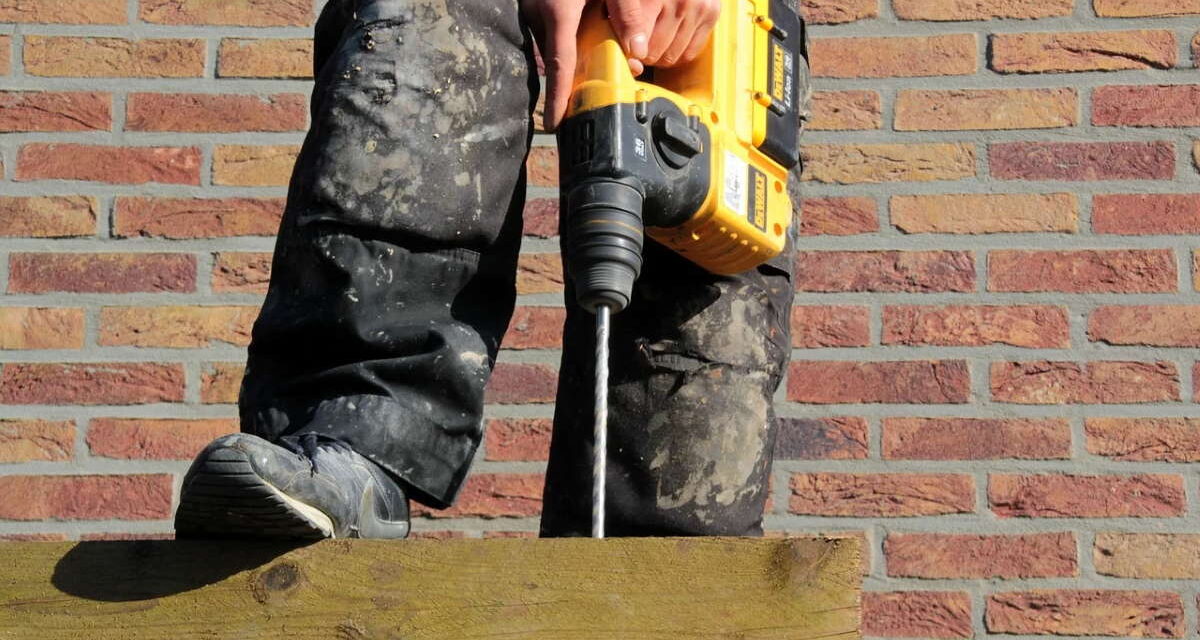
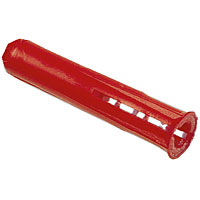

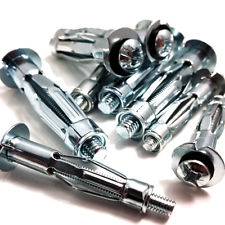

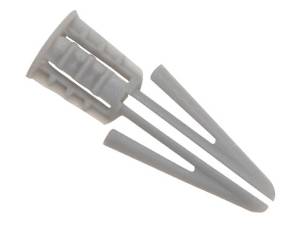
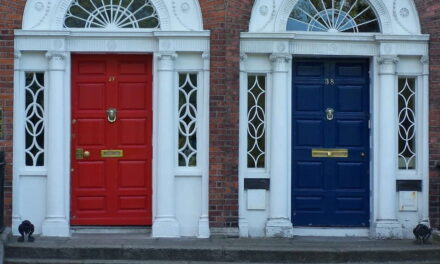
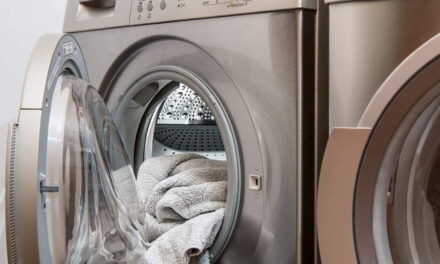
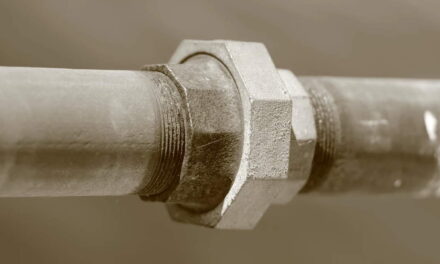
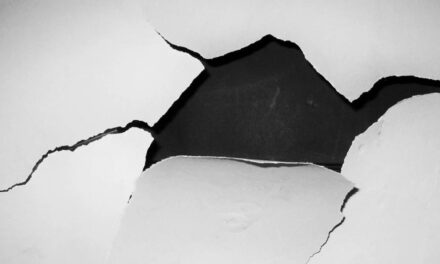
@ anne ,i think this topic is very simple one.but dont know why giving you this much of important ?
Oh boy, Anne, this isn’t a job for me! I will mess things up bigger if I try! I don’t even have any tool you’ve mentioned here, but it is so good to know what I must have before thinking about drilling holes.
Well, if you have people who can do the job for you, why do it yourself, right? I do drilling, but because of the weight of the drill, I ask my husband to do it for me when he’s around.
As you said, it’s important to know how to do it, and what you need to get this particular job done.Thanks for stopping by.